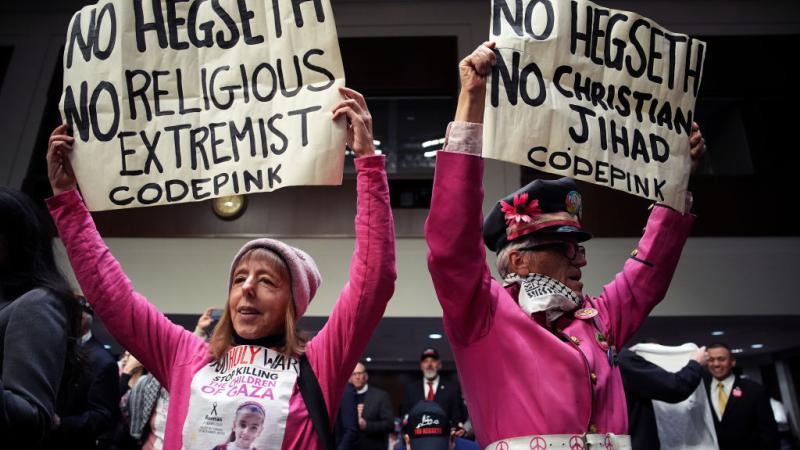'Hard to know where pandemic relief money went,' admits federal spending watchdog
"It's even harder for us to tell you what it was used for," reports the statutory oversight authority for $5 trillion in federal COVID relief spending. "Government award data is full of dead ends."
This week's Golden Horseshoe goes to a broad sweep of federal agencies for a systemic lack of transparency that is hampering efforts to monitor many billions of dollars in COVID-19 relief spending, according to a report by the Pandemic Response Accountability Committee.
The PRAC was established in 2020 by the Coronavirus Aid, Relief, and Economic Security (CARES) Act to "promote transparency and conduct and support oversight" of more than $5 trillion in pandemic relief funds.
In a report released Wednesday, the watchdog details its difficulty in determining how funds are being spent due to federal agencies' poor reporting on the government spending website, USAspending.gov.
"It's hard to know where pandemic relief money went," the PRAC bluntly admits in a precis of the report posted on its Pandemic Oversight website. "It's even harder for us to tell you what it was used for. Government award data is full of dead ends."
"We looked at 51,000 awards worth $347 billion that supported the pandemic response (as of June 15, 2021)," the watchdog reports in the summary entitled "Dead Ends in Pandemic Relief Award Data."
"We found more than 15,400 awards worth $33 billion with meaningless descriptions that make it difficult to know how the money was used," the PRAC reveals.
The watchdog found 12,600 awards totaling $11.6 billion which used descriptions that just repeated the program name. The Department of Housing and Urban Development was responsible for 9,900 of those vaguely defined awards, totaling approximately $8.8 billion.
For example, the PRAC reports, HUD has "more than 1,100 awards (totaling $2.1B) within Assistance Listing 14.218, Community Development Block Grants/Entitlement Grants, all with the same award description of 'Community Development Block Grants/Entitlement Grants,' a verbatim match to the Assistance Listing title."
Besides "being noncompliant with [Office of Management and Budget] guidance, reusing the assistance listing name in the award description field is both redundant and offers no additional information regarding the intent or purpose of each award," the watchdog explained.
Another 2,450 awards by other agencies, worth a combined total of approximately $19 billion, used "technical jargon that the public or policymakers couldn't understand," PRAC found.
Those impenetrable awards included 276 child care and development block grants totaling $9.8 billion from the U.S. Department of Health and Human Services, which used only the description "CCC5-2021," and $300 million from the Department of Transportation federal transit formula grants, which used the description "CRRSSA 2021."
The watchdog discovered another 360 awards totalling $1.8 billion that included "brief and non-descriptive award descriptions, such as 'CARES, CARES ACT OR COVID-19.'"
An additional 1,900 COVID-19 awards totaling $3.4 billion were labeled "unknown" and had no further information in the award description.
"Non-specific award descriptions prevent the public, agency management, and policy makers from determining the use of the federal pandemic assistance," the report admonished. "A lack of transparency also hampers oversight and accountability efforts."
PRAC found other "dead ends" in COVID-19 relief spending data, including federal agencies that track awards only as far as prime recipients, even though "the prime recipient often distributes most of its money to subrecipients (like a school district) to spend."
"Prime recipients report their subrecipient award information in a different system that doesn't distinguish between an award used to respond to the pandemic versus a non-pandemic award," the report explained. "They're all lumped in the same general category."
The watchdog also found some prime recipients did not even report the awards they made to subrecipients on the government website, making it impossible for PRAC to track the funds.
California, for example, "distributed more than 1,600 awards to subrecipients from the Education Stabilization Fund," the PRAC reported. "These awards are all listed on the state's website but are missing from USASpending.gov. We can't tell if that money has even been spent yet, let alone tell the public what it was used for."
















